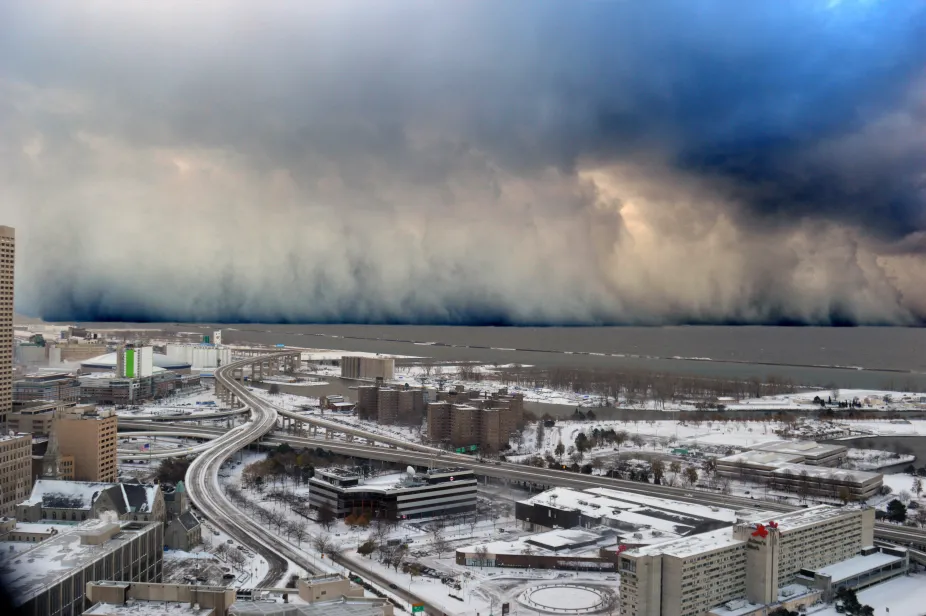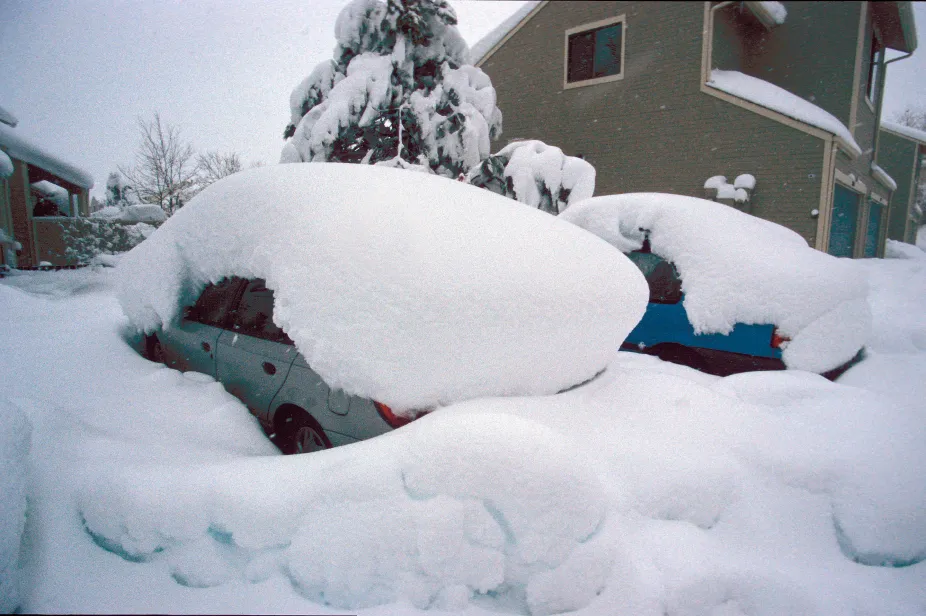How to Make a Snow Day!
In places that are cold in winter, snowflakes form inside storm clouds rather than raindrops. Those snowflakes fall to the ground during a snowstorm. A blizzard is a type of snowstorm that has high winds. The wind blows the snowflakes around, which makes it hard to see. When the wind calms down, it drops the blowing snow into piles called snowdrifts.
If you could control the weather, you could make a snow day! And you’d just need to do three things to make a snowstorm.
1. Make sure the air is cold (below freezing).
For snow to fall to the ground, the temperature must be cold both up in the clouds where snowflakes form and down at ground level. If the air near ground level is too warm, the snow will melt on its way down, changing to rain or freezing rain.
2. Add moisture to the air.
Moisture in the air is called water vapor. It gets into the air when water evaporates from lakes, the ocean, and even soil.
3. Make the air rise in the atmosphere.
Rising air forms clouds and causes precipitation. This can happen at a weather front, where two air masses meet, and one must push above the other. It can also happen where air flows up a mountainside.

For example, lake effect snowstorms pick up moisture from the Great Lakes and then make huge amounts of snow in locations near the lakes. In this picture, a snowstorm is approaching Buffalo, New York, in November 2014.
NOAA National Weather Service

These cars are buried in the snow that fell in Louisville, Colorado, during a snowstorm March 17-19, 2003. Lots of snow falls in this area when cold, moist wind blows towards the Rocky Mountains. The air is pushed higher into the atmosphere when it gets to the mountains, creating clouds that make snowflakes.
Bob Henson, NCAR/UCAR Image and Multimedia Gallery